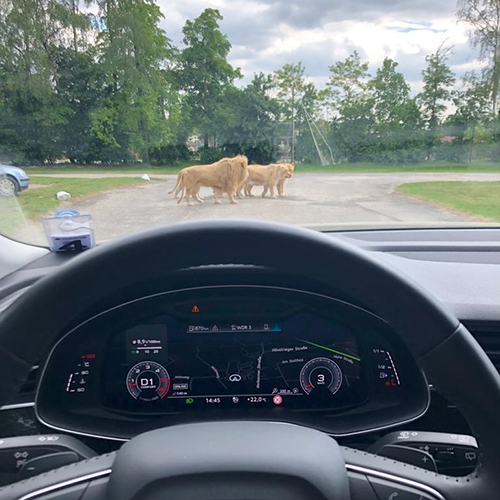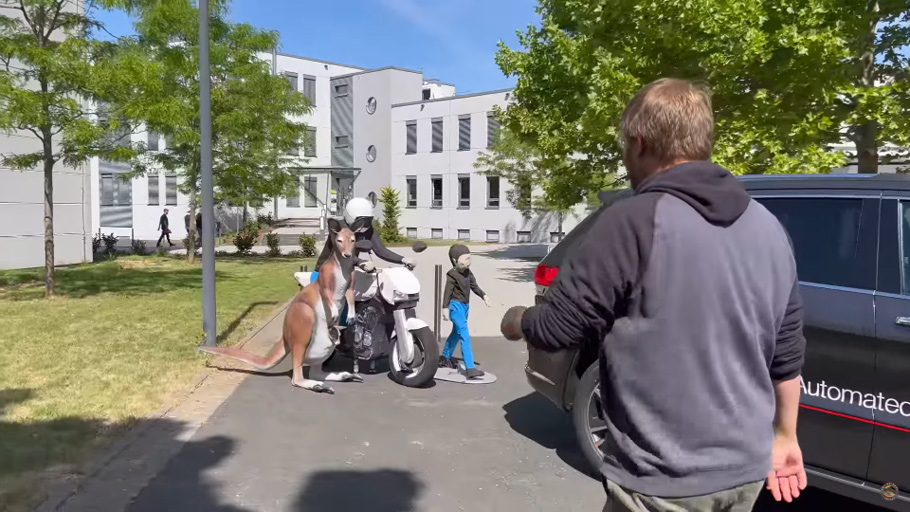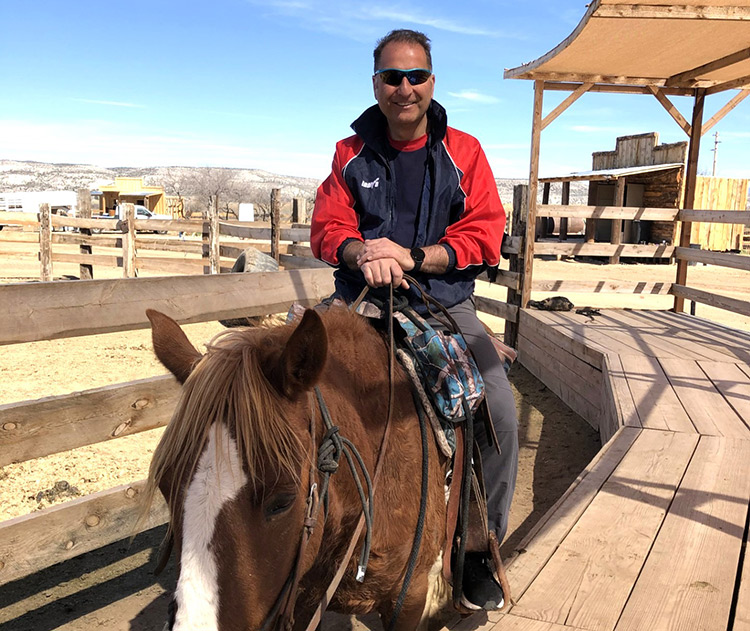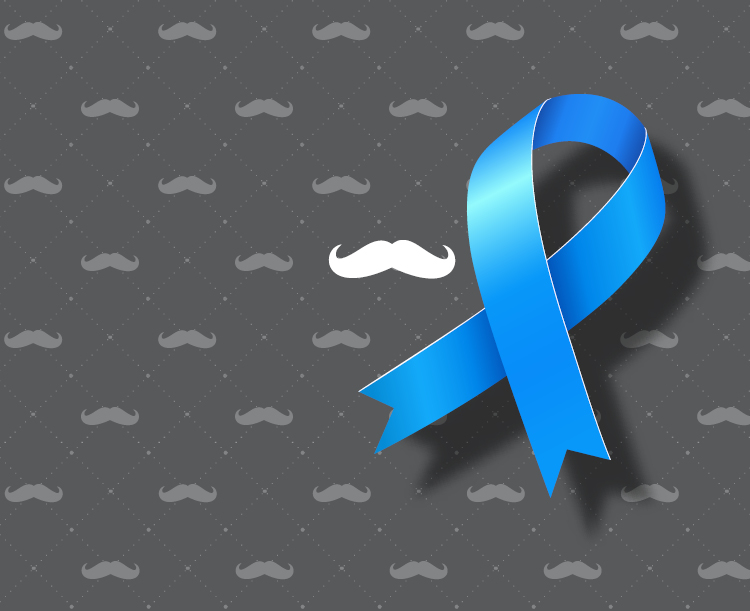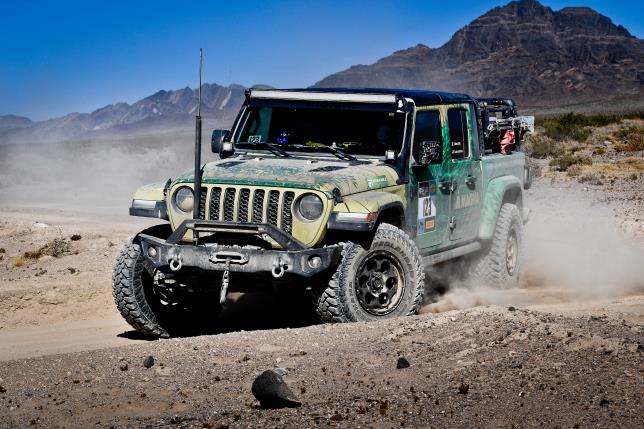
“During our time in the safari park, we covered as many scenarios as possible, including day and night, sun and rain,” said Schaefer, who collects data as part of a Magna electronics team based in Sailauf, Germany. “The goal is not to approach the animals fast. We travel at about walking speed.”
He adds: “We need 500 data samples of each animal crossing the street or appearing in front of the camera for training and validation. Animals are unpredictable, and ADAS needs to recognize every kind of animal from all different perspectives.”
ADAS technology is a critical part of the car of the future. It is designed to prevent deaths and injuries in humans and animals by reducing the number of car accidents and the serious impact of those that cannot be avoided. Through OEM specific ADAS functions, automakers can reach a competitive differentiation in the market.
An estimated 1 to 2 million crashes between vehicles and large animals, such as deer, occur in the U.S. alone every year, causing approximately 200 human deaths, 26,000 injuries, and at least $8 billion in property damage and other costs, according to the Federal Highway Administration.
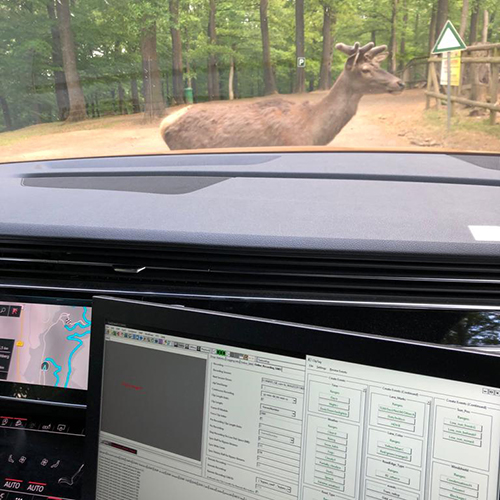
Wildlife accidents make up about 5% of auto crashes in Germany, according to a 2020 study of the German Hunting Association. More than a million wild animals are killed that way every year; most of the collisions happen with deer and wild boars.
Schaefer is convinced a future ADAS technology could avoid those types of accidents. Collecting data using real animals is an important part of the ADAS development phase.
“A computer simulation is at this stage not as accurate as a real situation,” Schaefer explained. “We can’t just work with pictures or cutouts of animals, either.”
The ADAS data collection team sometimes relies on taxidermists to aid in their studies because it is not always necessary to work with a real animal. But the models have to be three-dimensional, so they have rented a stuffed moose and a stuffed wild boar, setting it up at their location’s parking lot.
Nico Hauck, a Magna engineer and ADAS data-collection manager in Sailauf, said the team is motivated by the safety aspects of their work. For the past 22 years, Hauck has driven emergency vehicles and is part of the rescue-support team in his hometown of Eichenbuehl, Germany.
“You see accidents and you ask yourself ‘Why can’t this be avoided?’” Hauck said. “That’s why we collect the best data possible in our work at Magna – to make driving safer and more secure.”
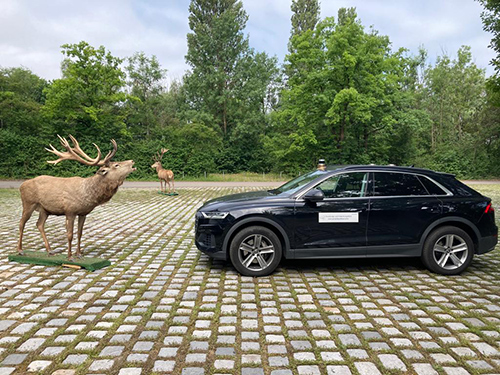
In addition to research at the safari park, the Magna data-collection team has received permission from management at a local shopping mall in Germany to observe ADAS scenarios in the parking lot with pedestrians, shopping carts and wheelchairs.
In the past two years, the Magna data-collection center in Sailauf has gathered about 20 million gigabytes or 30,000 hours of data from around the world, from animal behavior to traffic signs and traffic jams. The data collection is designed to speed up the development of ADAS technology for the car of the future.
Both engineers say working at Magna gives them the freedom to think big and never settle.
“You can bring in your own ideas to get a problem solved,” said Schaefer. “You work with different automakers to develop cutting edge technology, and then you see it performing on the road five years later. This makes me feel proud.”
Hauck adds: “As a member of the Magna team, I have the chance to increase vehicle safety and pursue my growth at the same time.”
We want to hear from you
Send us your questions, thoughts and inquiries or engage in the conversation on social media.
Related Stories
Stay connected
You can stay connected with Magna News and Stories through email alerts sent to your inbox in real time.
